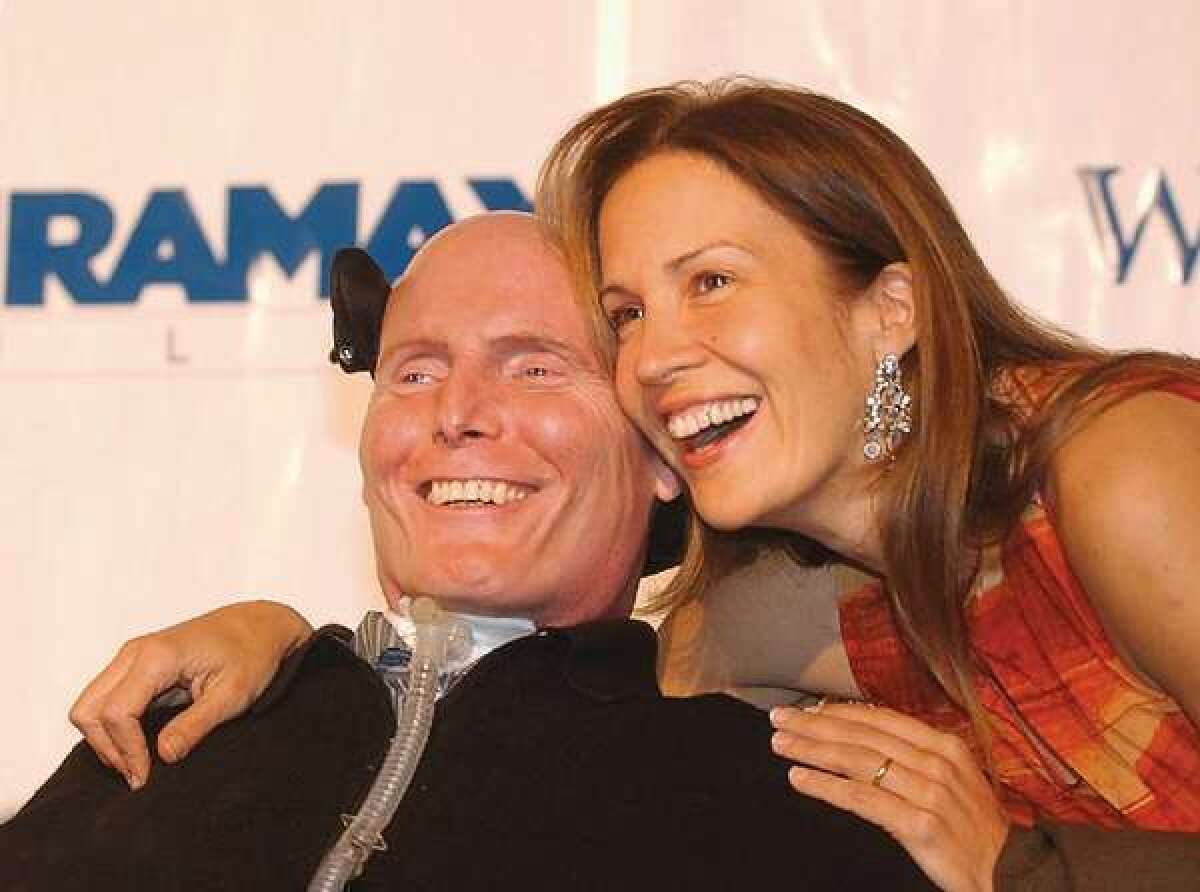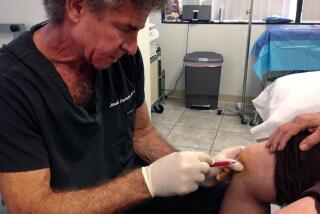Will California stem cell program take new criticisms to heart?

The signs are not encouraging.
On Thursday, a blue-ribbon committee of the National Academy of Sciences issued its report on its yearlong critical review of California’s $6-billion stem cell program, the California Institute of Regenerative Medicine. The report will be formally presented to CIRM at a meeting Dec. 12.
The review committee found that embedded conflicts of interest on the CIRM board “threaten to ... undermine respect for its decisions.” The lack of independent, disinterested members on a board made up mostly of officials of institutions in line to obtain CIRM grants or advocates for patients of specific diseases “erodes confidence” in the board’s ability to handle its strategic responsibilities, the panel added.
Moreover, the process of grant approval, in which the 29-member board plays a direct role, has “significant deficiencies which need to be improved upon to improve CIRM’s credibility,” as the committee chairman, Harold Shapiro of Princeton University, observed in a conference call.
The panel recommended that the board play no role in voting on specific grants, and that its existing appeal process, which allows rejected applicants to ask the board for reconsideration -- and has led to embarrassing displays of arm-twisting -- be eliminated.
Shapiro also took aim at the predictions of CIRM officers and supporters of its 2004 founding initiative, Proposition 71, that the program would yield economic benefits to California far beyond the mere spending of the money.
That was always at odds with the speculative nature of cutting-edge scientific research, the report noted, adding that the long-term impact CIRM spending might have on employment, tax revenue and healthcare costs “cannot reliably be estimated at this point in CIRM’s history.” That’s a problem for CIRM, which is approaching the exhaustion of its initial funding and will have to show real accomplishments and positive impacts if it asks the public for more.
So how did CIRM react to the report? Even before the review panel’s conference call with the press was completed, the agency issued a news release stating that the panel had “praised” the agency “for its ground breaking work in helping advance the science of stem cell research.”
If you wanted to know about the committee’s criticisms, the first mention of those was in Paragraph 9 of the news release. It quoted board Chairman Jonathan Thomas as promising to “work on establishing a process to enable us to consider how best to proceed with reviewing the recommendations.”
By my count, that’s seven steps it will take before actually acting on the recommendations.
As it happens, the panel’s recommendations, which include creating a majority of independent board members without any potential conflicts of interest, track very closely to recommendations made by several previous outside reviews of CIRM, especially a 2009 study by the state’s Little Hoover Commission.
CIRM rejected almost every one, and it looks to be preparing to circle the wagons again against sensible improvements in the way it does business.
ALSO:
How a well-connected firm got its stem cell grant
Stem cell program needs a self-exam
Did stem cell program promise miracle cures?
More to Read
Inside the business of entertainment
The Wide Shot brings you news, analysis and insights on everything from streaming wars to production — and what it all means for the future.
You may occasionally receive promotional content from the Los Angeles Times.











